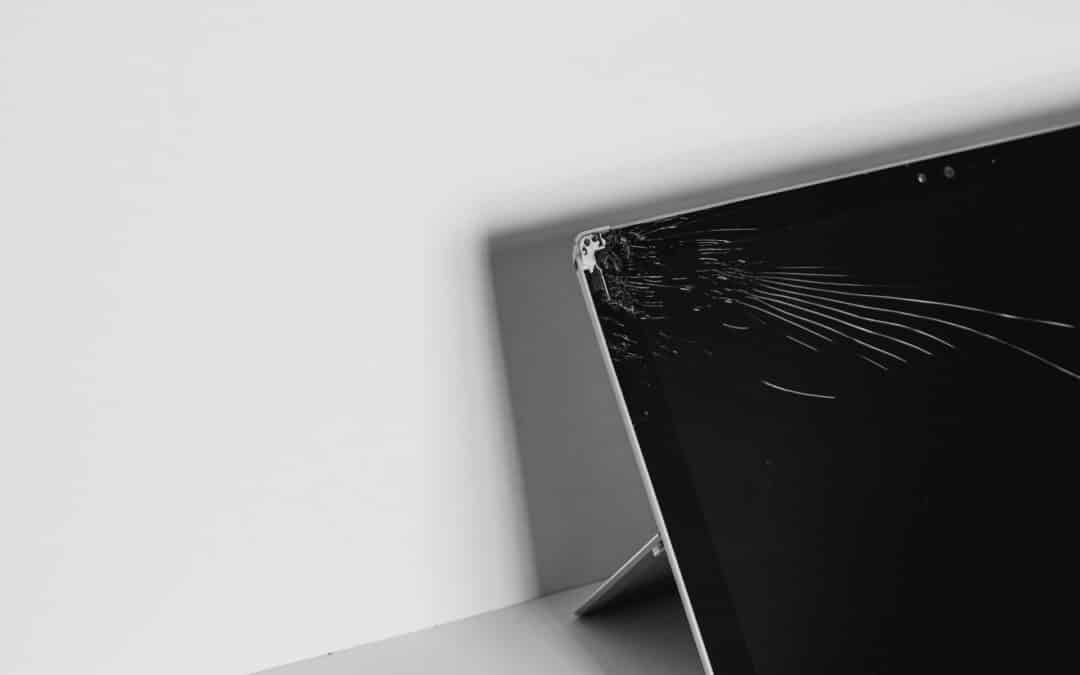Most of us have experienced a defective product. We usually get a refund or repair, and we go on our way without a second thought. This, of course, is an ideal scenario, as there are situations where a defective product can cause damage or harm. Below, we take a look at what to do if you’re faced with this unfortunate situation.
What dangers do defective products pose?
Companies must provide safe products to their customers, but that doesn’t stop some defective ones from making it through quality control. There are three main types of defects:
- Design: A design defect refers to any aspect of the product’s design that makes it unsafe.
- Manufacturing: This is a defect that occurs during the manufacturing process.
- Warning defect: This is when the manufacturer fails to implement proper warnings and instructions on how to handle the product safely.
There are situations where a faulty product can pose a danger to your safety, such as dangerous machinery with a guide that’s been incorrectly labeled or an electric toothbrush that gives you a shock when you use it.
What steps should you take if your product is defective?
Sometimes, a defect can be fixed by simply requesting a replacement from the manufacturer. You can follow these steps:
- Return and refund: If your product is defective and you haven’t been injured, try to return it and claim a refund. Some companies will have a repair service, but it’s probably best to get a refund and buy a new one.
- Warranty: If the store has a no-returns policy, you should revert to the manufacturer’s warranty. This guarantees that the product is free from defects, generally for a specified period.
- Safety recall: You should check whether the manufacturer has issued a recall of the product. If this is the case, the company might be offering replacement or repairs.
On the other hand, if a defective product has injured you, you might be able to make a product liability claim. You should note that this applies to any product that injures you due to a defect, not just products you bought yourself. At this point, you should collect all information possible and get in touch with a lawyer to build your case.
How can a lawyer help you win a case?
If a defective product has injured you, various steps need to be taken and information collected to win a case. A lawyer experienced in product liability law can help you:
- Determine whether you have the appropriate basis for a case.
- Collect proof documents and records.
- Find and collect evidence.
- Calculate damage caused.
- Negotiate a monetary settlement.
- Represent you in court.
Hiring a lawyer is a great way to ensure that you are putting yourself in the best position possible to win a case. If you have experienced a defective product that resulted in personal injury, contact Willoughby Shulman for representation.

